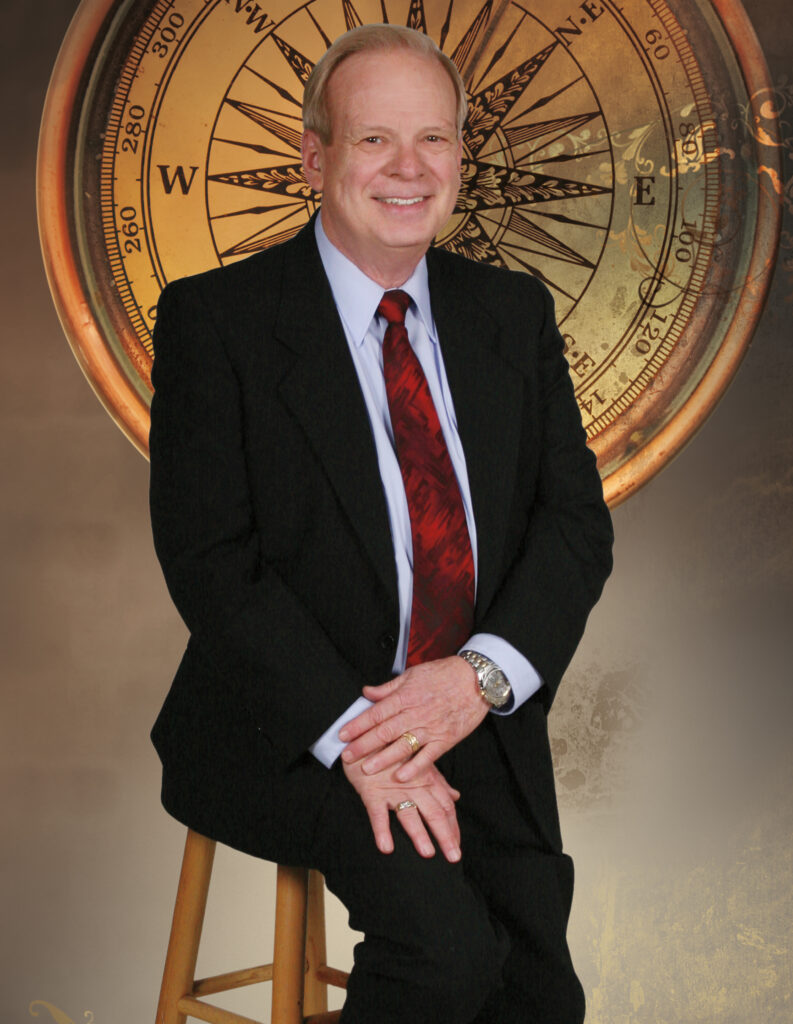Dollars & Sense: Qualified Plans
Your IRS Retirement Partner Makes Reviewing Your Plan Critical
by David Albin, wealth advisor, Wealth Building Now

(Editor’s Note: To best serve high and ultra-high net-worth families, David Albin embraces a holistic analysis of their entire circumstances. He has assembled specialty experts who help contain taxation and who select, vet, and implement financial tools to economically meet client objectives, ensure liquidity, maintain family harmony, and keep wealth in client families. He can be contacted at david@wealthbuildingnow.com and (855) 451-0500. To learn more about his services, please visit www.wealthbuildingnow.com.)
At architectural firms, many hard working individuals contribute regularly to their retirement funds. A high percentage of these savers build their retirement assets using 401-K plans. Along with pension plans, IRAs, profit-sharing plans, and Keogh plans, 401-Ks are part of what are called qualified plans. A qualified plan says that any growth in the plans accumulates tax deferred. Tax deferral means your contributions and any matching employer contributions can create rapid asset growth.
There is usually another benefit to participating in a qualified plan. Generally, the amounts the employee contributes to a 401-K plan, for example, are deducted from gross earnings, therefore lowering current income taxes. Another class of retirement savings is known as a Roth IRA. Roths are not qualified plans. That means that Roth contributions are not deducted from income when contributed. There are, however, other reasons that some use Roth plans. More on that later.
I reviewed the retirement savings shown at 26 architectural firms. The plans had anywhere between two and 253 employees. The average amount held in the plans ran between $112,000 and $490,000 per employee for firms over ten employees. For some two-employee firms, the amount in the plans was over $1,000,000 for each employee.
We applaud everyone that participates in retirement plans, no matter how far along you may be towards meeting your savings goals. It’s important for you to know the consequences when you withdraw or distribute money from your retirement plans. Please plan properly, so that you will have ample retirement money.
Recall that there were no income-tax deductions when you put money in the qualified plan. Therefore, none of the money in the plan has ever been taxed. When you take untaxed funds out of that plan, the IRS will most assuredly be there to get their share. Every dollar, either seed money or growth, will be taxed as ordinary income. That may be fine if you have low income in later years. If you are in higher brackets, the tax impact may drain your accounts faster than you anticipated.
Some people with other income sources may want to defer taking distributions for years. Please be wary of Required Minimum Distributions (RMDs). The government forces you to take distributions annually as of the year you turn 70-1/2. Please, never miss taking out RMDs when they are due, for there are steep tax penalties for that. Also, avoid taking money out of qualified plans before age 59-1/2 or you will encounter other tax penalties.
Roth IRAs can enjoy higher net distributions than qualified plans. That is because Roth distributions, when started at the proper point in time, are non-taxable. The major reason more people do not use Roth plans is the loss of current tax deductions. If you convert a qualified plan to a Roth plan, there is tax on the change. When individuals have very large qualified plans and some resources outside the plan, then we have ways to help those individuals change to Roth while minimizing the current tax burden.
There are other factors that can shorten how long your retirement funds may last. We encourage you to understand them. If you have a large qualified plan and do not need the plan assets to live on and you’d like your children to get the most of the funds, you can create more value from the qualified plan that will go to them non-taxed and in larger amounts than the plan’s current balance.
We encourage everyone to truly know their own situation and other important considerations besides the tax issues. It is prudent to adjust your savings and spending to provide additional savings, creating new income streams. Those can help you fill any income gap between what you will have from fixed income sources, like Social Security, dividend or rental income, and your qualified plan distributions, and what you will need for healthy and quality future living.
There are tools that can help you see where you are on the path to having enough income and where you may be. We encourage you to take the earliest look at where you are to ensure that you have the resources to enjoy all the days of your life and the goodness you’d like to share with your family.



